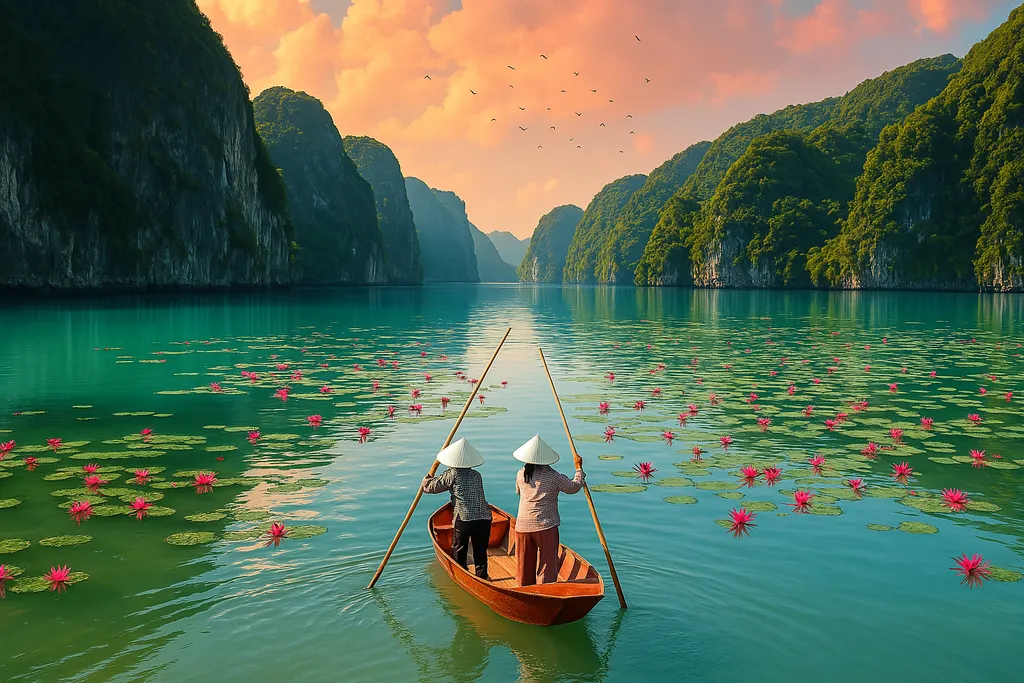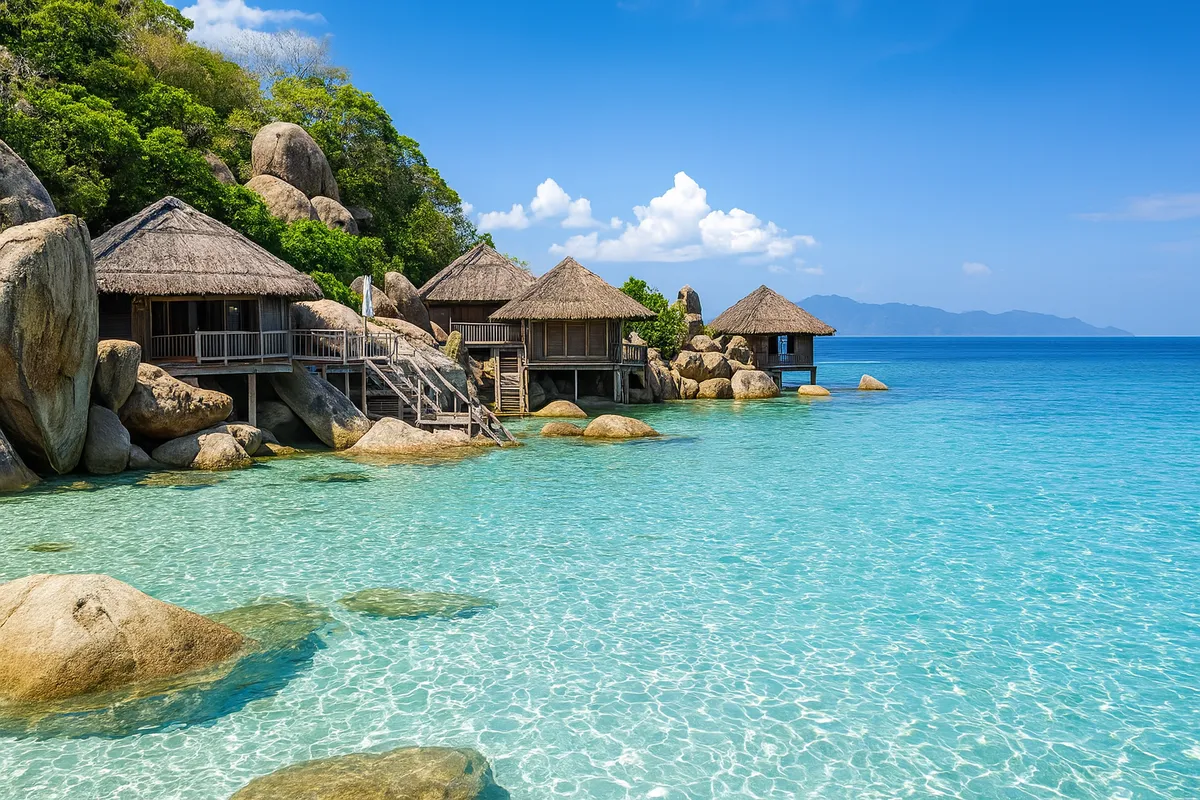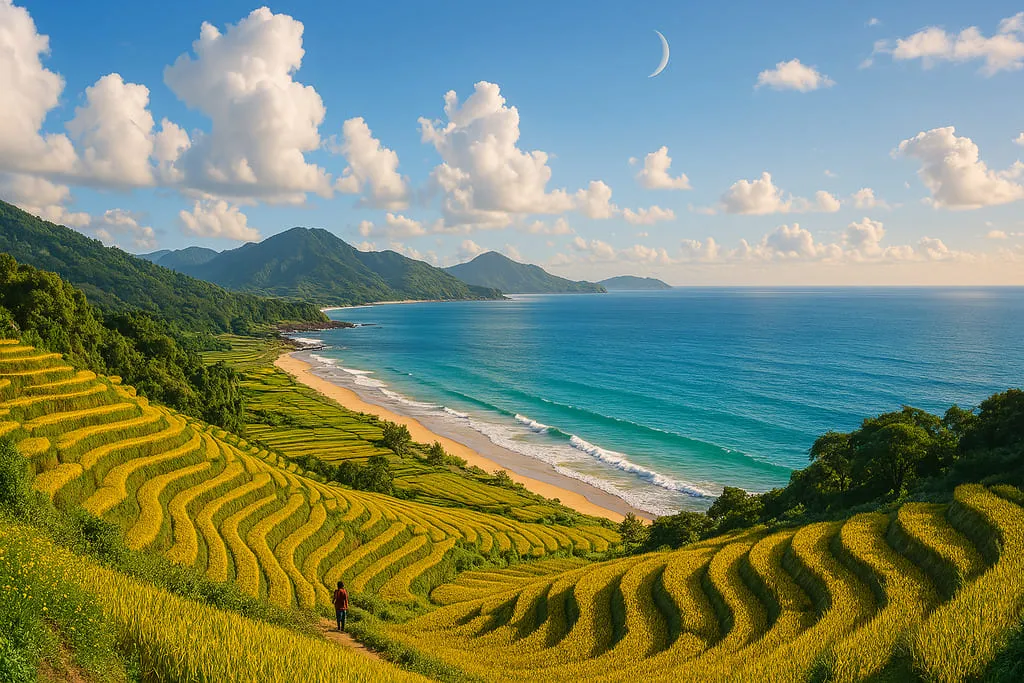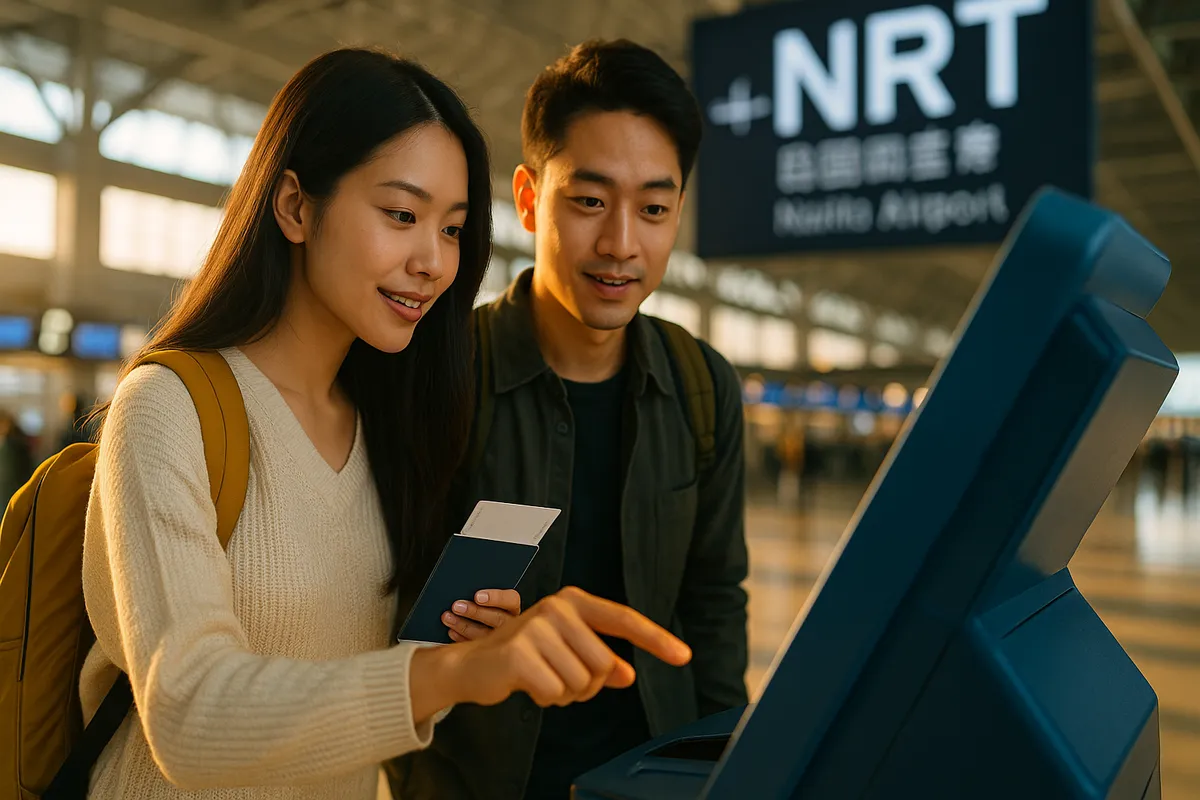Tips for creating a themed travel itinerary
- Saturday, Jun 21, 2025, 10:25 (GMT+7)
Tips for creating a themed travel itinerary
Creating a themed travel itinerary is not a new idea but turning it into a truly memorable experience requires more than just picking destinations that look good on a map. Some travelers follow flower seasons. Others are drawn to vintage coffee shops, historical filming locations, or artisan villages. These choices reflect a growing desire for personalized journeys and smarter planning.
The most important starting point is to ask a simple question. What do you truly want from this trip? Many mistakes begin here when the traveler cannot define what they hope to experience. A relaxing escape is very different from a photo hunt, a street food tour, or a digital detox retreat. Younger travelers often follow popular trends without considering their real needs, which leads to underwhelming experiences. Defining a clear theme helps give the trip a direction and eliminates unnecessary stops. This saves time and ensures greater satisfaction.
Once the theme is in place, the next step is to match it with suitable locations. A common misconception is that any place can fit any theme. In truth, the location plays a major role in shaping the experience. For example, a journey focused on sustainable coffee culture cannot succeed in areas without coffee farms or meaningful coffee traditions. The destination should support the spirit of the theme. It is more effective to pick a region based on the theme than to choose a place first and force a theme onto it. Even a small area can become rich in content when explored with depth. Going deep in one place often leaves more lasting impressions than racing through many.
Time allocation also plays a key role. A themed trip should focus on depth rather than quantity. Many travelers overload their schedule with too many activities in one day. This leads to fatigue and superficial experiences. For example, trying to visit multiple landmarks, eat at every recommended spot, and attend a hands-on workshop in one day is a recipe for burnout. If your trip involves learning or personal connection, each stop needs enough time for reflection, interaction, and absorption. A successful journey is not a checklist. It is a sequence of moments that stay with you long after the trip ends.
Emotional elements can shape the atmosphere of the entire journey. A piece of music, a folk story, a book, or even a film can serve as an invisible thread guiding the itinerary. Some travelers organize trips inspired by literature. Others follow routes that reflect their favorite songs or childhood memories. A couple may design a journey that traces the best traditional markets across a region. These creative decisions bring uniqueness and emotional value to the experience.
Group interaction is another factor that adds richness to a themed trip. When everyone in the group contributes, the journey becomes a shared creation. One person can be the storyteller, another the photographer, another the collector of objects or sounds. This encourages collaboration and helps everyone feel involved. It transforms the trip into a collective memory. A useful approach is assigning light roles or creating daily tasks that match the theme. This keeps the journey playful and participatory.
One especially effective technique is to prepare a box of theme-based challenges. Before the trip, each member writes down a few fun or meaningful tasks related to the theme. Each day, the group picks one at random to complete. If the theme is rediscovering childhood, a challenge might be to talk with a local elder about traditional games or to photograph something that reminds you of your early years. This adds surprise and encourages deeper interaction with the environment.
Flexibility is also essential. Even a well-planned itinerary should allow free time. These pauses offer space for spontaneous discoveries or emotional reflections. Sometimes the best experiences happen when nothing is scheduled. Flexibility does not mean ignoring the plan. It means giving the journey enough space to evolve naturally.
Try documenting the trip in a creative way. Instead of taking photos alone, try keeping a sketchbook, recording a voice journal, or creating short daily clips. These activities allow you to slow down, notice more details, and reflect more deeply. Many travelers regret not having a tangible memory of the moments that moved them the most. Creative documentation turns those moments into lasting keepsakes.
Sustainability adds another layer of meaning. A themed trip is more impactful when done with awareness of the environment and local communities. Travelers today are increasingly choosing to support small businesses, attend local workshops, and speak with residents instead of simply checking off tourist spots. In a culinary journey, for example, choosing to learn from a home cook or dine in a family-owned restaurant gives more than just a meal. It brings human connection and supports livelihoods.
Above all, be present. Even with the best planning, the trip will lose its emotional depth if attention is constantly divided by devices, photos, or social media. Themed travel is not only about visiting new places. It is about listening to yourself within the unfamiliar. When travelers remain open and fully engaged, even the simplest moments can become profound.
Designing a themed travel itinerary is not just a trend. It is a thoughtful way to turn a journey into something personal and unforgettable. When you begin with a clear theme and allow the experience to grow from it, the result is a memory that cannot be replicated. It becomes part of who you are. That is the true gift of meaningful travel.

 CHECKIN.VN
CHECKIN.VN








Share on